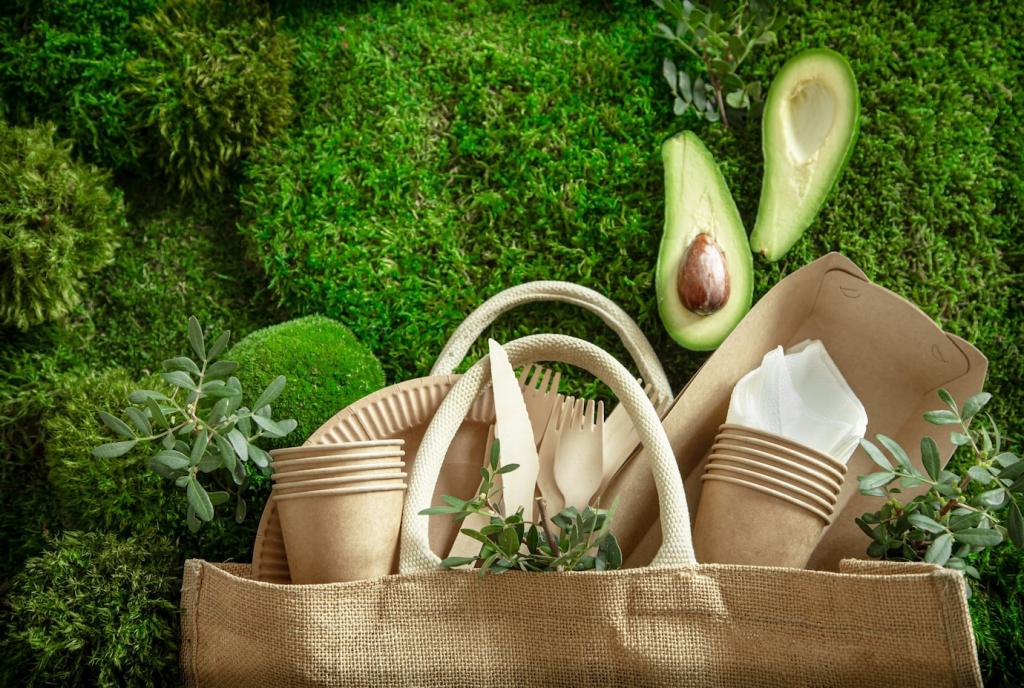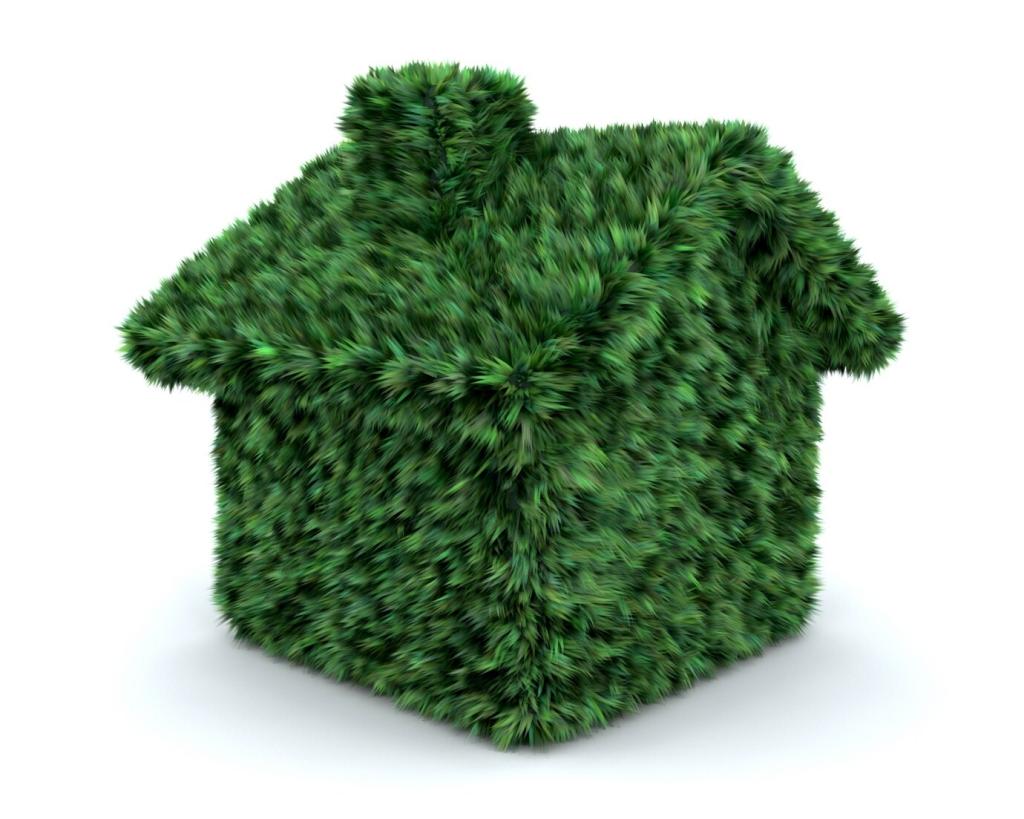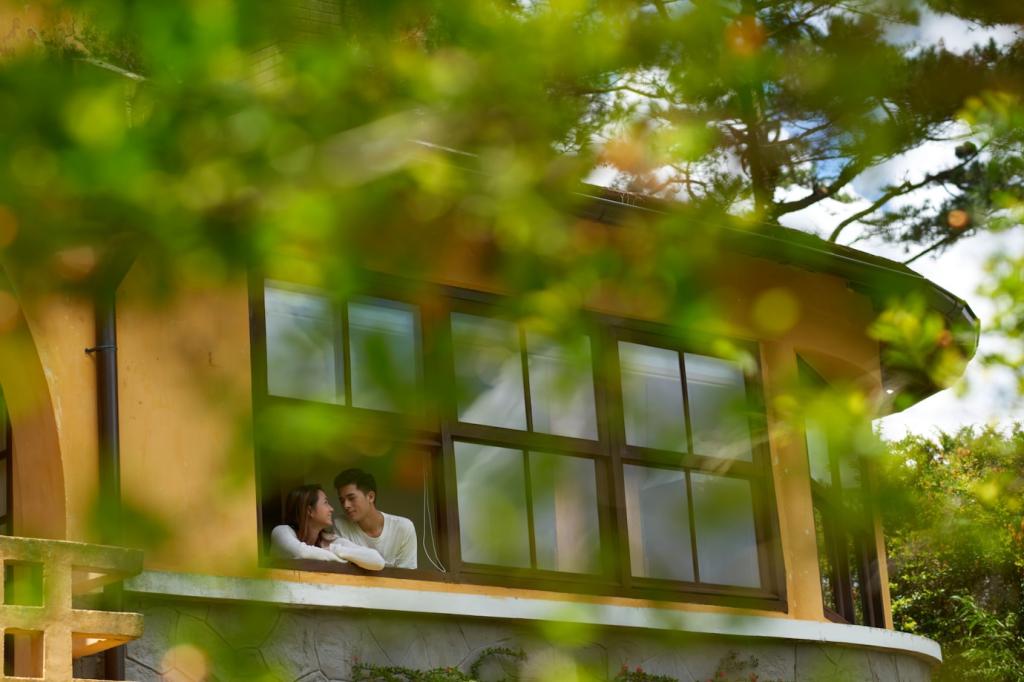
Eco-Friendly Materials for Dacha Renovations
Discover how to transform your dacha into a modern, comfortable, and environmentally responsible retreat by choosing eco-friendly renovation materials. As awareness of sustainable living grows, more homeowners are seeking alternatives that not only minimize environmental impact but also foster a healthier living space. Dive into essential information about green building solutions that can elevate your countryside getaway.
Sustainable Wood Solutions
Forest Stewardship Council (FSC) certification indicates that wood comes from forests managed according to strict environmental, social, and economic standards. Using FSC-certified timber in your dacha renovation helps preserve biodiversity, protect natural habitats, and support fair labor practices. This careful stewardship ensures that the wood is traceable, responsibly harvested, and suitable for a variety of applications, from structural beams to decorative paneling. Beyond its ecological advantages, FSC-certified timber offers peace of mind, knowing your material choices support sustainability on a global scale.
Thermally modified wood undergoes a heat-treatment process that enhances durability and resistance to rot without relying on toxic chemicals. This innovative approach uses high temperatures and steam to restructure the wood fibers, making it a reliable material for outdoor terraces, siding, and garden structures. By eliminating the need for chemical preservatives, thermally modified wood remains safe for occupants and the environment, providing longevity and a refined finish for your dacha’s exteriors and interiors alike.
Reclaimed and salvaged wood offers a unique blend of character, sustainability, and history. By utilizing timber from old barns, warehouses, or fallen trees, you divert materials from landfills and reduce demand for newly sourced wood. Each piece tells a story, adding rustic charm and warmth to dacha interiors. Salvaged wood is often denser and more robust due to its age, making it an excellent choice for flooring, mantels, accent walls, and furniture while honoring the principle of reuse.
Cellulose Insulation
Derived primarily from recycled newspaper and treated for fire resistance, cellulose insulation is renowned for its minimal environmental impact. This eco-conscious approach diverts paper waste from landfills while providing impressive thermal and acoustic performance. Cellulose installation is non-toxic and poses little risk to indoor air quality, making it an excellent alternative to synthetic or fiberglass options. Its high density helps create draft-free dacha rooms, optimizing comfort and reducing the need for heating or cooling.
Sheep’s Wool Insulation
Natural sheep’s wool is an increasingly popular insulation choice due to its exceptional thermal regulation and sustainability. Sheep wool naturally absorbs and releases moisture without losing its insulating properties, which is invaluable in fluctuating climates. It is also biodegradable, renewable, and inherently fire retardant. Installing sheep’s wool in a dacha supports local pastoral industries and creates a warm, breathable environment that’s free from chemical irritants.
Wood Fiber Boards
Wood fiber boards are produced by compressing wood chips and fibers, often sourced from sawmill byproducts, into panels suitable for wall, roof, and floor insulation. These panels offer robust thermal and acoustic protection while being breathable, which helps regulate humidity and prevents mold growth. Wood fiber insulation is free from harmful chemicals and easily recyclable. Incorporating this material into dacha renovations ensures environmentally sensitive choices that maintain structural comfort and durability.

Previous slide
Next slide
Energy-Efficient Windows and Doors
Double and triple-glazed windows feature two or more panes of glass separated by a sealed air gap, significantly reducing heat transfer. This design maintains indoor temperatures by minimizing drafts and retaining warmth during cold months, while also offering soundproofing benefits. Advanced glazing technology can be combined with inert gas fills and low-emissivity coatings, ensuring dacha interiors remain bright, quiet, and energy-efficient throughout the year.

Green Roofs and Living Walls
Extensive Green Roofs
Extensive green roofs involve a shallow layer of soil, low-growing plants like sedums, and a waterproofing membrane atop the dacha roof. This system acts as additional insulation, reducing rainwater runoff and mitigating the heat island effect. Green roofs require minimal maintenance, withstand harsh climates, and attract pollinators. They offer tangible ecological benefits while providing unique relaxation spaces with a seamless blend of architecture and nature.
Modular Living Walls
Vertical gardens, or living walls, use panels planted with a selection of hardy greenery to transform otherwise plain façades or interior partitions into lush tapestries of plants. Modular systems can be adapted to almost any space, improving air quality by filtering pollutants and releasing oxygen. Living walls provide outstanding aesthetic value, dampen noise, and can even support kitchen herbs, making them a multifunctional green feature within dacha renovations.
Clay and Straw Substrates
For both green roofs and living walls, eco-friendly substrates play a vital role. Mixtures containing clay, straw, or composted organic matter are lightweight and rich in nutrients, supporting plant growth without the need for synthetic fertilizers. These substrates enhance water retention, reducing maintenance needs and replicating the natural habitats critical for pollinators. Integrating such systems underscores a commitment to circular, regenerative renovation practices.
Natural Stone and Earth Materials
01
Rammed Earth Walls
Rammed earth construction uses locally sourced soil, clay, and sometimes gravel compressed within formwork to create dense, load-bearing walls. This ancient technique provides remarkable thermal mass, regulating indoor temperatures with minimal heating or cooling. Rammed earth is non-toxic and simply returns to the earth at the end of its lifecycle. Its distinctive appearance, with subtle color variations and textures, brings a grounded and timeless beauty to dacha renovations.
02
Natural Stone Flooring
Local stones such as slate, granite, or sandstone are ideal for high-traffic floors, patios, and walkways. Stone is quarried with minimal processing, and its longevity far outlasts many synthetic alternatives. With naturally slip-resistant surfaces and inherent resistance to allergens, stone floors are easy to maintain and add a touch of understated luxury. Choosing regional varieties reduces transportation impact and ensures your materials resonate with the local environment.
03
Adobe and Cob Finishes
Adobe and cob are earthen construction methods using clay, sand, straw, and water to create walls or decorative finishes. These techniques foster a natural microclimate inside the dacha, keeping interiors cool in summer and warm in winter. Both adobe and cob are fully biodegradable and boast a low embodied energy footprint. Their sculptural capabilities enable creative, personalized designs, harnessing ancient traditions to achieve truly sustainable, tactile spaces.
Eco-Conscious Flooring Options
Cork Flooring
Harvested from the renewable bark of cork oak trees, cork flooring is a resilient, hypoallergenic material with exceptional thermal and acoustic properties. Its natural elasticity provides a gentle cushioning underfoot, ideal for living and bedroom areas. Cork is also resistant to mold, mildew, and pests, making it perfect for humid climactic zones. When responsibly sourced and finished with water-based sealants, cork flooring embodies the principles of a circular, sustainable economy.
Bamboo Floors
Bamboo is a fast-growing grass that matures in a fraction of the time compared to traditional hardwoods, making it an exemplary renewable material. Modern manufacturing techniques yield bamboo flooring that rivals the durability and beauty of hardwood, with varied hues and grain patterns. Its high strength-to-weight ratio makes it suitable for high-traffic dacha spaces, while its environmental benefits are maximized when responsibly harvested and free from harmful adhesives.
Linoleum Made from Natural Oils
True linoleum is crafted from linseed oil mixed with wood flour, jute, and natural pigments, creating a flexible and robust flooring solution. Unlike vinyl, which contains petrochemicals, linoleum is biodegradable and emits no harmful substances. Its antistatic qualities repel dust and grime, supporting clean, low-allergen indoor environments. With a range of colors and simple maintenance, natural linoleum is both aesthetically versatile and thoroughly eco-friendly.
Water-Conserving Plumbing Solutions
Modern low-flow taps, showerheads, and toilets dramatically decrease water consumption by using advanced aerator and pressure-balancing technology. These fixtures maintain strong water delivery while cutting overall usage by up to half compared to conventional models. Beyond lowering utility bills, installing low-flow options in your dacha supports local ecosystems by conserving groundwater and minimizing wastewater production.
